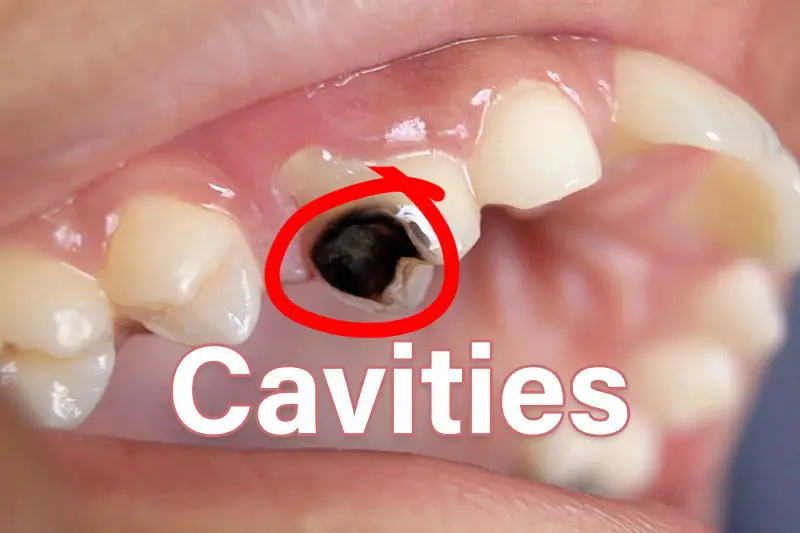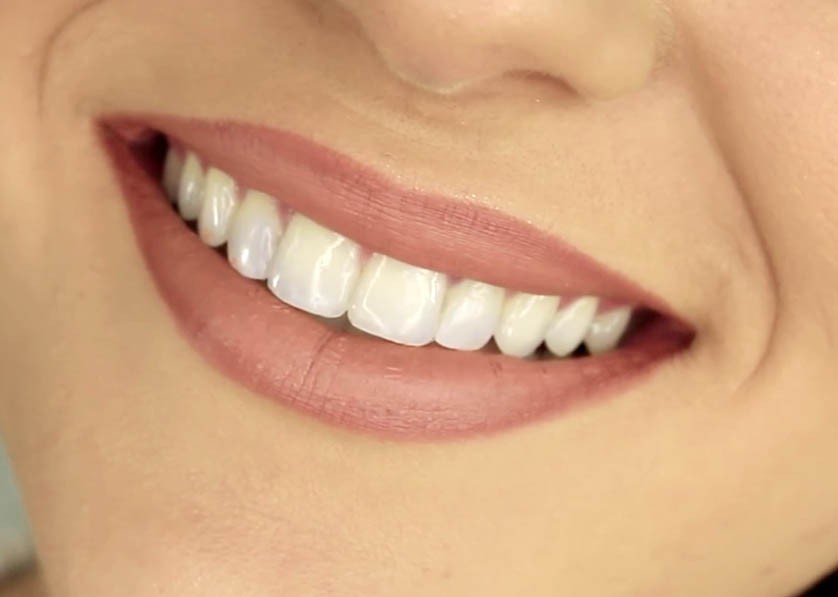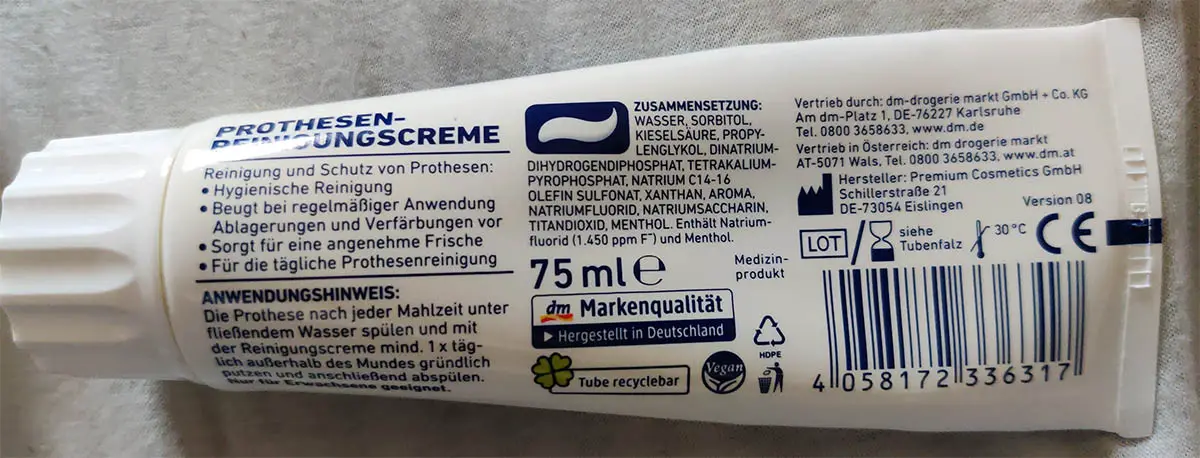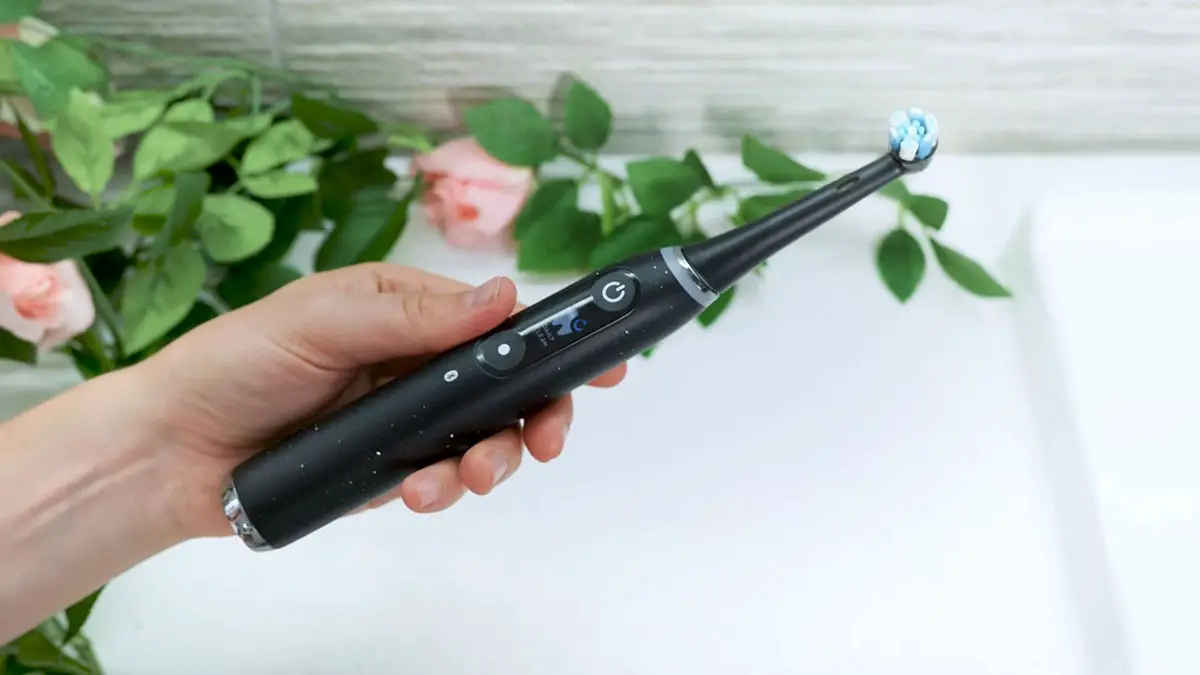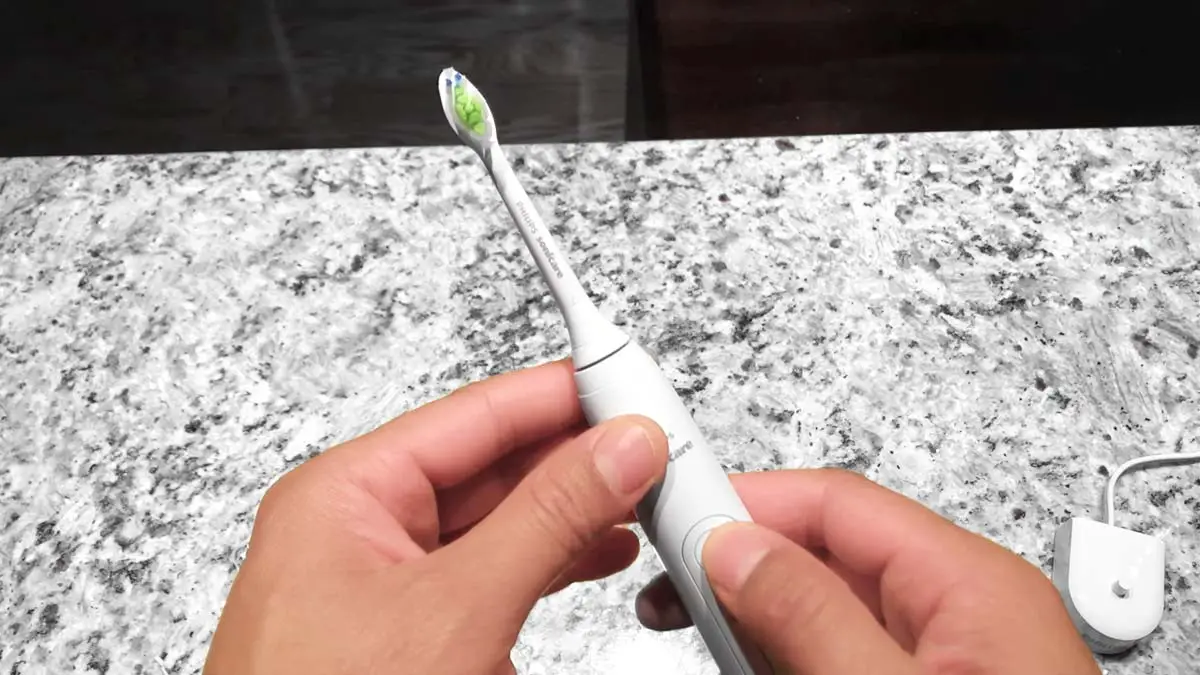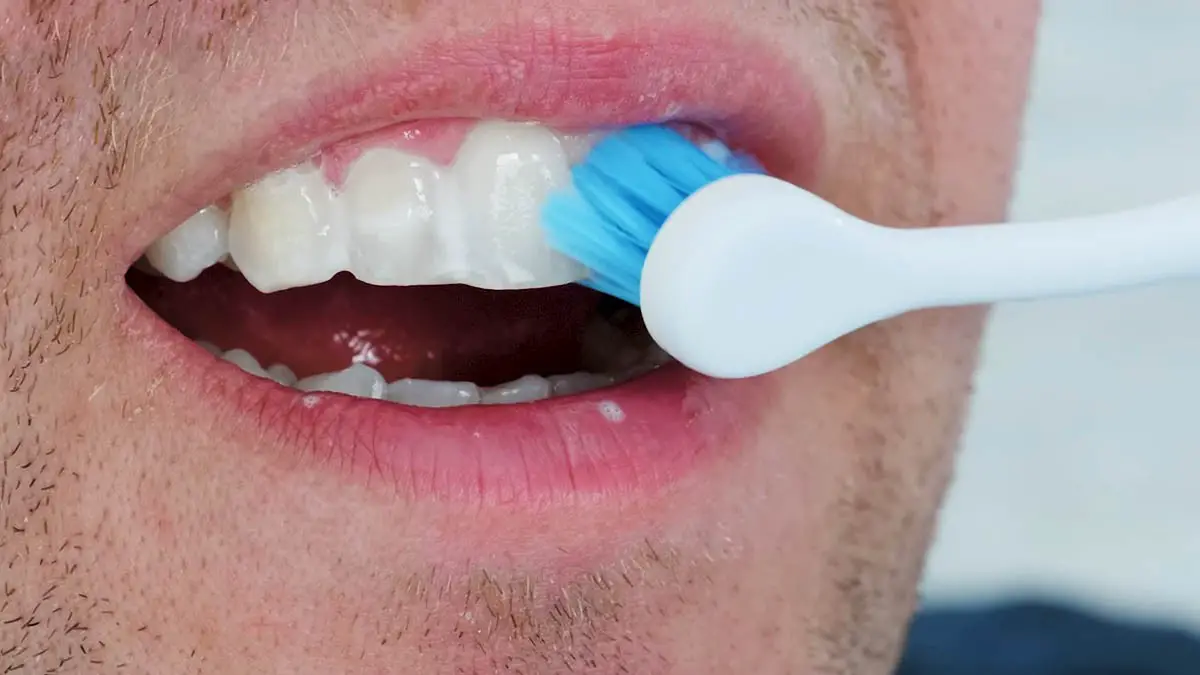I have a friend who is obsessed with his Sonic toothbrush. He speaks highly about how it cleans his teeth with its powerful vibrations and leaves his mouth feeling fresh and invigorated. However, one peculiar thing about his brushing routine is that he never uses toothpaste!
I was utterly taken aback when I first discovered this. How could anyone skip such a crucial step in oral hygiene? Intrigued, I decided to delve deeper into the world of sonic toothbrushes and their relationship with toothpaste. So, explore whether or not using toothpaste with a Sonic toothbrush is truly necessary.
Reasons Why Use Toothpaste With A Toothbrush
Let’s start with the numerous benefits of using toothpaste. Using toothpaste with a toothbrush has innumerable benefits that go beyond just freshening your breath. Here are some key reasons why using toothpaste is essential for maintaining good oral health.
1. Fluoride Content
Toothpaste usually contains fluoride, a naturally occurring mineral that can help prevent tooth decay. Brushing your teeth with fluoride toothpaste strengthens the enamel on your teeth.
Also, making them more resistant to the acid produced by bacteria in your mouth. This added protection helps prevent cavities and keeps your teeth healthy and strong.
2. Eliminate plaque
Plaque buildup on our teeth is a common problem that can lead to various dental issues. Using toothpaste can effectively remove plaque and keep your teeth clean and healthy.
The active ingredients in toothpaste work together to break down and remove plaque, ensuring that your teeth stay free from harmful bacteria.
3. Prevent Cavities
Brushing your teeth with toothpaste is one of the most effective ways to prevent cavities. The fluoride found in toothpaste helps strengthen the enamel of your teeth, making them more resistant to decay.
Regular brushing with toothpaste and proper dental hygiene practices can significantly reduce the risk of cavities.
4. Help Make the Enamel Stronger
Just like the rest of our body, our teeth need proper nourishment to stay strong. Toothpaste enriched with minerals like calcium and phosphates can help strengthen the enamel, making it more durable and resistant to decay.
If you incorporate toothpaste into your daily oral care routine, you provide your teeth with the essential nutrients they need to stay healthy.
5. Fights Bad Breath
Most kinds of toothpaste contain ingredients that freshen your breath. This is achieved by neutralizing foul-smelling gasses produced by the bacteria that reside in the mouth.
Using toothpaste keeps your teeth clean and leaves your breath feeling fresh and confident throughout the day.
6. Prevents Staining
Regular use of toothpaste can help prevent staining and discoloration of your teeth. Toothpaste effectively removes food and drink residues that can stain the teeth over time.
If you brush with toothpaste, you can maintain the natural whiteness of your teeth and keep your smile bright.
7. Tooth Sensitivity Reduction
Using toothpaste specially formulated for sensitive teeth can be a game-changer if you suffer from tooth sensitivity.
These toothpastes contain desensitizing agents that help alleviate tooth sensitivity and provide relief from discomfort caused by hot or cold foods and beverages.
8. Fights Gum Disease
Many toothpastes contain ingredients such as triclosan, which can help fight gum disease. Regular brushing with toothpaste reduces the risk of gingivitis and periodontitis by keeping harmful bacteria at bay.
9. Whitening Effect
Some types of toothpaste contain mild abrasives or chemicals that can help remove surface stains, making your teeth look whiter.
So, incorporate a whitening toothpaste into your oral care routine, and you can achieve a brighter smile and boost your confidence.
10. Promotes Salivation
The act of brushing with toothpaste promotes salivation, which is beneficial for your oral health. Saliva helps to neutralize harmful acids, aids in digestion and washes away food particles. By using toothpaste, you encourage salivation, supporting overall oral health.
Can You Use Toothpaste With A Sonic Toothbrush?
Yes, you can use toothpaste with a Sonic toothbrush. In fact, using toothpaste while brushing your teeth will help your Sonic toothbrushes clean your teeth more effectively. When used with Sonic toothbrushes, toothpaste creates a frothy lather that helps wash away plaque and germs from the teeth and gums.
Additionally, many toothpaste varieties contain fluoride, which can help prevent cavities. Therefore, it is highly recommended to use toothpaste with your Sonic toothbrush for the best oral health. Make sure to choose a toothpaste that contains fluoride for optimal results.
Should You Use Toothpaste With A Sonic Toothbrush?
A sonic toothbrush should theoretically work well with any toothpaste. However, there are some important considerations to keep in mind. Compared to traditional manual toothbrushes, sonic toothbrushes clean your teeth using a different method.
They can clean your teeth more quickly and effectively remove deposits from the enamel. However, their high-frequency motions and the abrasives in some toothpaste can be invasive to teeth and gums.
I recommend choosing one with a built-in pressure sensor if you prefer electric toothbrushes. If you apply too much pressure, these toothbrushes will automatically stop the brushing motion. Proper brushing technique and limiting pressure are crucial in protecting your enamel. Therefore, using an electric brush with a built-in pressure sensor is wise.
When it comes to toothpaste, it’s important to consider its Relative Dentin Abrasivity (RDA) value. The RDA is a scale that measures how abrasive a toothpaste is, with a maximum value of 250 for toothpaste with the American Dental Association (ADA) seal of approval. Generally, a lower RDA value indicates less abrasive toothpaste.
While some dentists recommend toothpaste with an RDA of less than 100 or even 70, the ADA states that using toothpaste with an RDA of two hundred fifty or less, along with proper brushing technique, produces limited wear to dentin and virtually no wear to enamel.
Suppose the toothpaste you currently use has an RDA of 117, which falls within ADA guidelines. While abrasives can enhance stain removal, they also carry the risk of permanently damaging the tooth’s surface. So, be sure that your current toothpaste fully complies with ADA standards for RDA.
Overall, I recommend using toothpaste that carries the ADA seal of approval, regardless of whether you use an electric or manual toothbrush.
What Should A Sonic Toothbrush Toothpaste Have In Common?
Certain toothpaste can be too abrasive for sonic toothbrushes, while others produce excessive foam or have a thin consistency. These factors can affect brushing comfort and the effectiveness of cleaning. Therefore, choosing a toothpaste suitable for a sonic toothbrush is important to ensure proper, safe, and comfortable teeth cleaning.
To ensure proper, safe, and comfortable teeth cleaning with your Sonic toothbrush, it is important to choose a toothpaste with the following qualities:
1. Low Abrasiveness
The toothpaste’s RDA (Relative Dentin Abrasion) value determines its level of abrasiveness. For sonic toothbrushes, choosing a toothpaste with an RDA value of no more than 70 is recommended.
2. Gel-Like Texture
Thin toothpastes tend to run off the brush bristles easily. Opt for toothpaste with a thick or gel-like consistency, preferably without granules. This type of toothpaste distributes active ingredients more effectively in the mouth.
3. Modest Foaming Agents
Foaming agents are added to toothpaste to aid in distributing the product in the mouth and removing plaque. However, when using a Sonic toothbrush with a lot of foaming ingredients, excessive foam can build up and cause discomfort.
A good toothpaste for a sonic toothbrush should contain milder foaming agents like Sarcosyl or Cocamidopropyl Betaine instead of the highly active SLS (sodium lauryl sulfate).
Proper Technique For Using Toothpaste With A Sonic Toothbrush
Using a Sonic toothbrush with toothpaste is a simple process that can help you maintain good oral hygiene. Here are the steps you can follow to use toothpaste with a Sonic toothbrush:
A. Before starting
Make sure to press the brush head into the handle firmly. It is natural and important for there to be a slight space between the toothbrush handle and the brush head.
B. Brushing your teeth
- Wet the bristles of the brush head.
- Apply only a pea-sized amount of toothpaste to the brush head. Using too much toothpaste can create excessive foam, which may drip down the handle.
- Close your lips around the brush head and angle the bristles against your teeth at a 45° angle near the gum line to avoid splattering during cleaning.
- Press the power button to start brushing.
- Use gentle pressure and a slight back-and-forth motion to clean your teeth, allowing the brush to do the work.
- Continue brushing in this manner for the entire cycle.
Some Philips Sonicare toothbrush models have a Quadpacer feature that helps you divide your mouth into four sections for more thorough cleaning. If your toothbrush has this feature, the Quadpacer will vibrate periodically to let you know when to move on to the next section.
Remember: Don’t scrub your teeth. Use gentle pressure and let the toothbrush do the work for you to get the most benefit.
C. After brushing your teeth
- Rinse the bristles and brush head thoroughly after use.
- Clean the handle with a damp cloth.
FAQs
You already know about using toothpaste with Sonicare toothbrush. However, if you are confused, the following questions will aid you in clearing your confusion:
Can You Use Sonic Toothbrush Without Toothpaste?
Yes, some sonic toothbrush models can be used with or without toothpaste, making them perfect for people who are sensitive to fluoride. However, applying gel toothpaste when brushing with a Sonicare toothbrush is recommended because most electronic toothbrushes work well with gel paste.
How Do You Keep Toothpaste In Your Mouth With An Electric Toothbrush?
A helpful tip to maintain toothpaste in your mouth while using an electric toothbrush is to place the brush head in your mouth before switching it on. This prevents any toothpaste spatter that may occur. Based on research, it has been observed that thousands of toothpaste flecks can spray onto your shirt if this step is overlooked.
Is Salt Better Than Toothpaste For Your Dental Health?
While there are some advantages to using salt, it is essential to note that it is not a substitute for toothpaste. Saltwater solutions can be used occasionally to reduce discomfort from mouth sores or injuries. However, for your everyday oral hygiene routine, using toothpaste that a dentist has approved is recommended.
Conclusion
Using toothpaste with a Sonic toothbrush is essential for maintaining proper oral hygiene. The combination of the toothbrush’s sonic technology and toothpaste’s cleaning agents provides a comprehensive cleaning experience, leaving your teeth clean, polished, and protected.
Remember to choose a toothpaste that contains fluoride, gentle abrasives, and other properties that cater to your specific oral health needs. By following the proper technique, you can maximize the benefits of using toothpaste with a Sonic toothbrush and achieve a healthy, beautiful smile.
Also read what to do when Quip Toothbrush Not Working?

